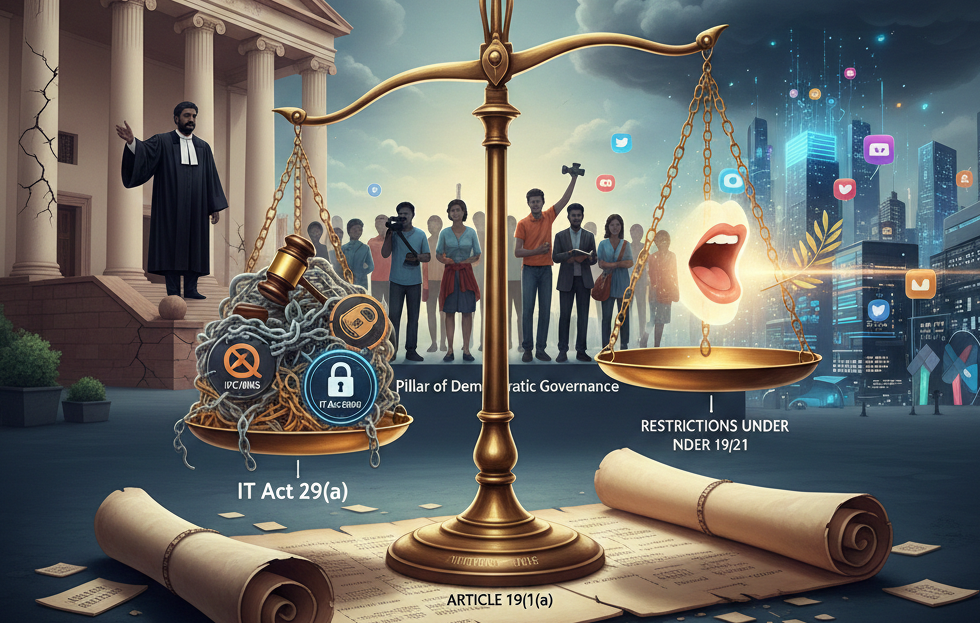Font size:
Print
Teleparallel Gravity: New Approach to Understanding the Expanding Universe
Context:
A recent study suggests teleparallel gravity as a possible solution to issues such as Hubble tension and dark energy that general relativity theory cannot address.
More on News
- A cosmologist from Instituto de Ciencias Nucleares, Universidad Nacional Autónoma de México, and co-researchers published a paper in the journal Physics of the Dark Universe.
- The study uses extended gravitational models and new cosmological datasets, particularly focusing on distant quasar observations.
- Hubble constant: It describes the relationship between the distance to galaxies and their recession velocity.
- Hubble tension: It refers to the significant discrepancy between the two primary methods of determining the Hubble constant.
- Teleparallel Gravity: An alternative theory to general relativity.

Key Highlights
- Historical context: Edwin Hubble’s early 20th-century observations showed that the universe was expanding.
- Observations of distant supernovae in the late 20th century showed that the expansion rate was accelerating, a phenomenon attributed to dark energy.
- General relativity: Proposed by Einstein in 1915, that uses a different set of equations to describe gravity without the curvature of spacetime.
- It attempts to unify gravity with electromagnetism.
- Research Findings: Using numerical and computational methods the team analysed different models in teleparallel gravity with two different cosmological samples.
- These samples included distant and highly redshifted quasars observed in ultraviolet, X-rays, and visible light.
- Potential and Popularity: Interest in teleparallel gravity is growing due to its potential to resolve the Hubble stress and explain late-stage cosmic acceleration without invoking the cosmological constant.
- Significance:
- Teleparallel gravity presents a promising alternative to general relativity, addressing various cosmological issues and providing new insights.
- The study updates the state-of-the-art in teleparallel gravity models by using new high-redshift quasar samples for analysis.

Hubble Tension and the Mystery of Dark Energy
A current puzzle in cosmology is the study of the large-scale structure and evolution of the universe.
- It arises from a discrepancy between two main methods for measuring the rate of the universe’s expansion, also known as the Hubble constant.
- The universe is expanding, and that expansion stretches light travelling through space in a phenomenon known as cosmological redshift.
- The greater the redshift, the greater the distance the light has travelled.
- Cosmic Microwave Background (CMB): This faint afterglow of the Big Bang allows scientists to infer the expansion rate in the early universe.
- Type Ia Supernovae: These exploding stars have a consistent brightness, making them excellent distance markers.
- By measuring their redshift (the apparent lengthening of their wavelengths due to the universe’s expansion) and distance, astronomers can calculate the current expansion rate.
The problem: Measurements from CMB observations suggest a slower expansion rate than the value obtained from supernovae. This discrepancy is statistically significant at a level that cannot be easily explained by random error which is the Hubble tension.
Dark energy as a possible solution: The leading explanation for the Hubble tension is related to dark energy, a mysterious form of energy that is thought to permeate all of space.
- Energy is believed to accelerate the expansion of the universe.
- Late-arriving dark energy: The model suggests dark energy’s significance in the universe’s later stages led to its rapid expansion, but fine-tuning its properties to fit early and late universe measurements is challenging.
- Early dark energy: The model suggests a small amount of dark energy existed in the early universe, potentially explaining Hubble tension but requiring further investigation for large structure formations like galaxies.


